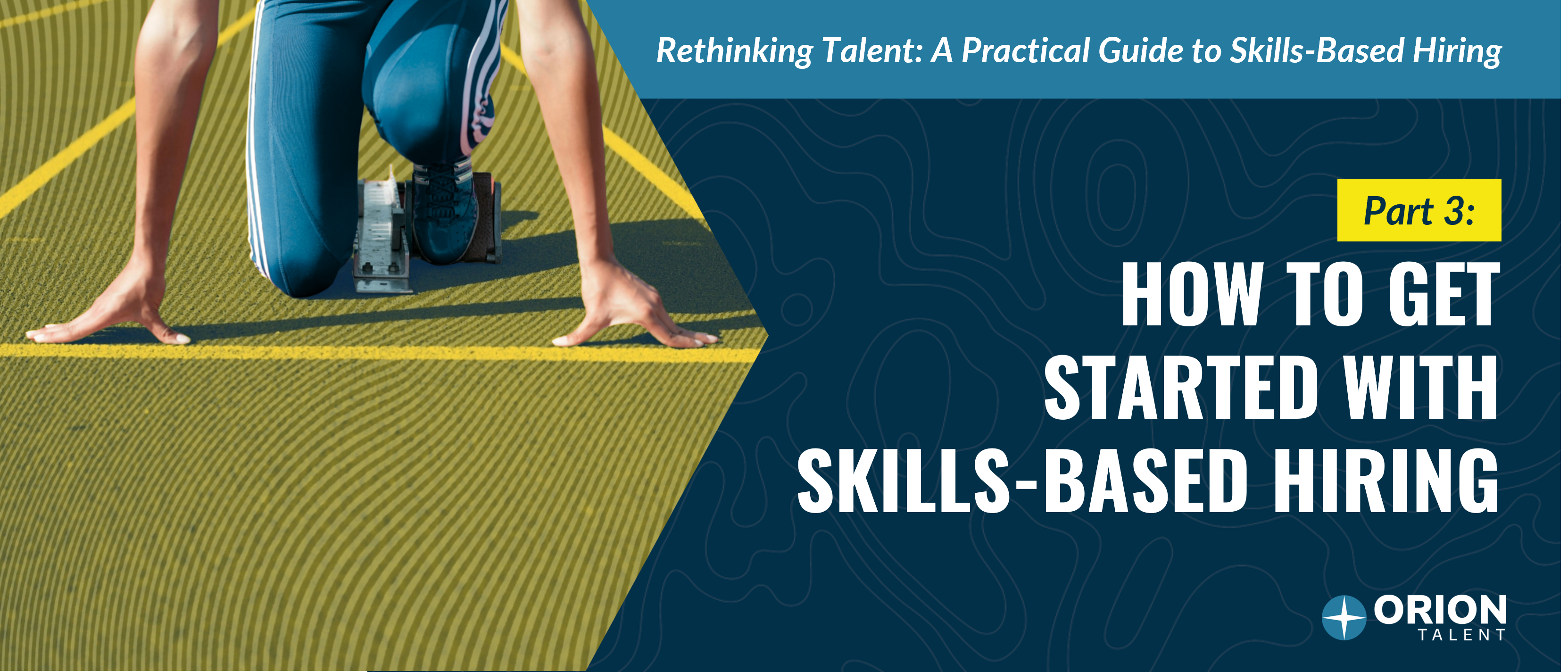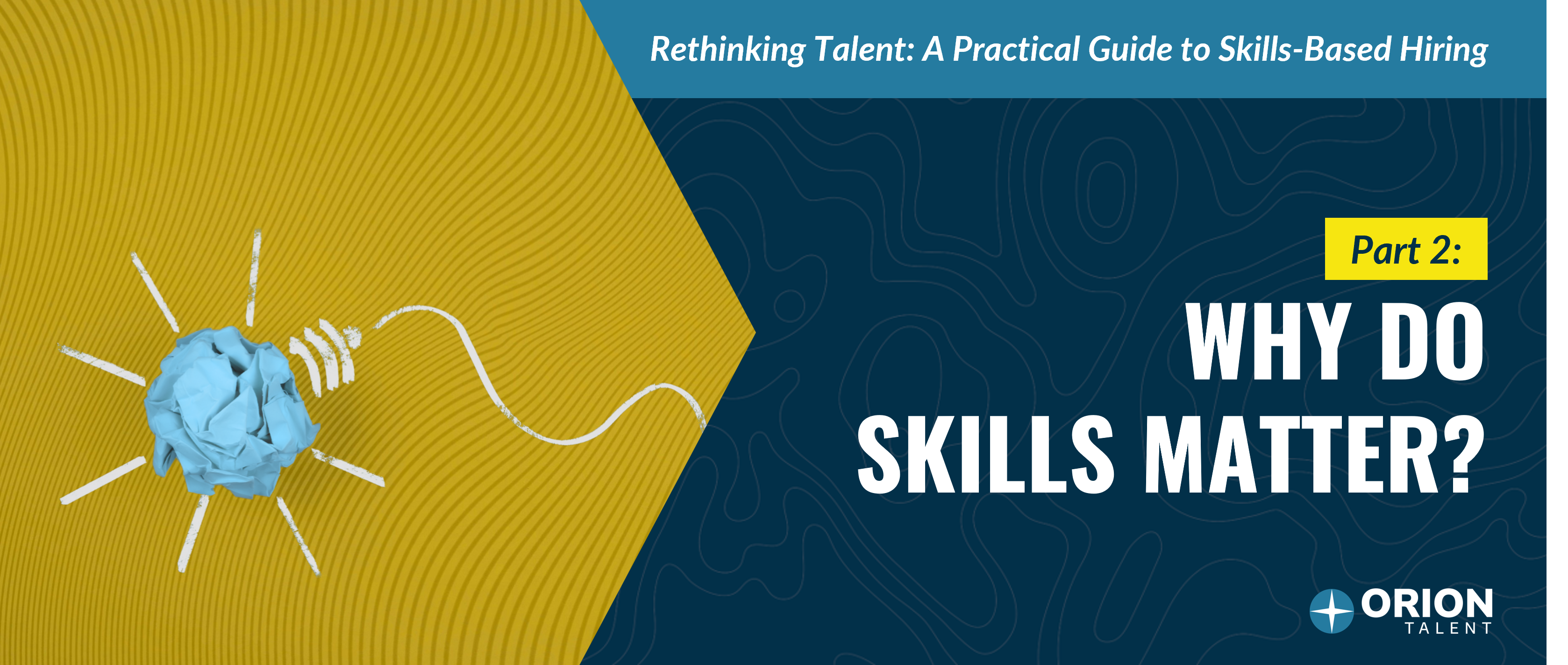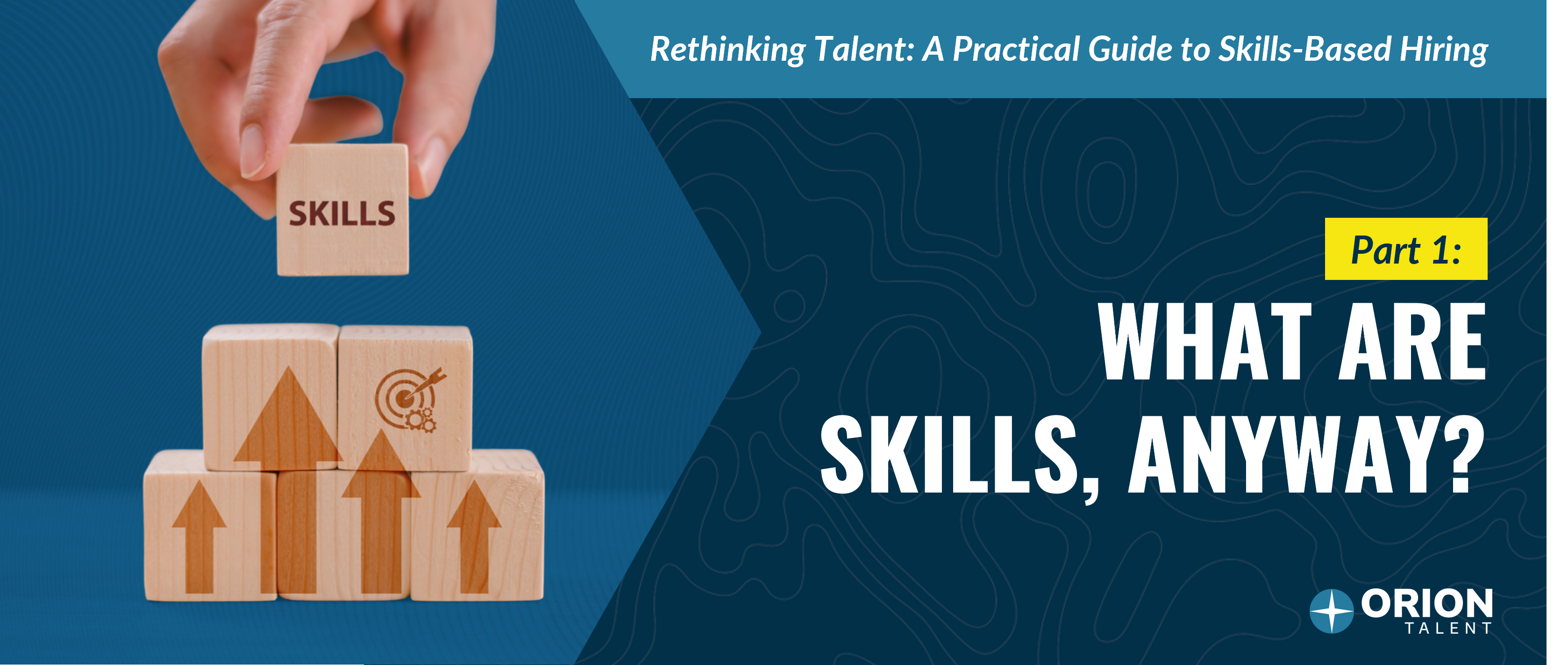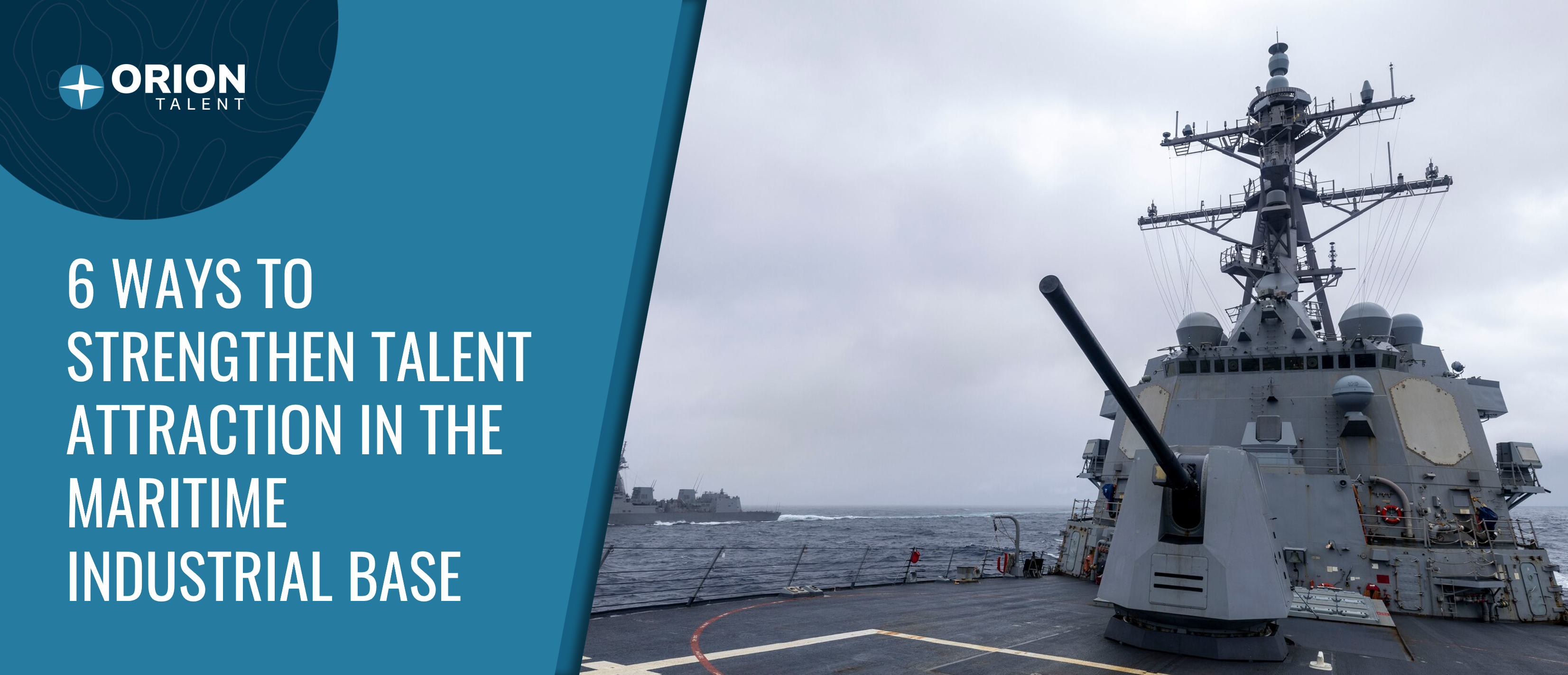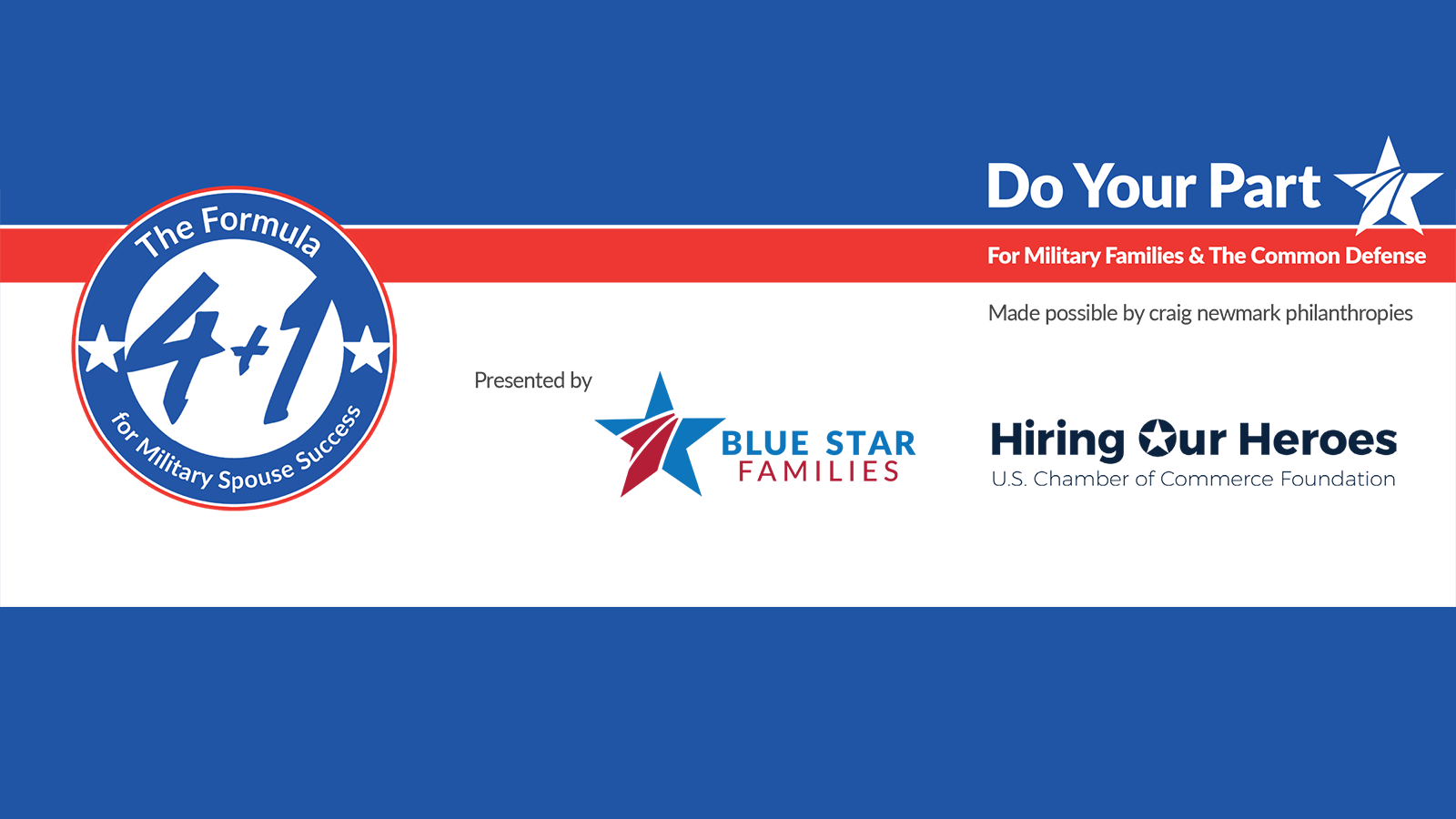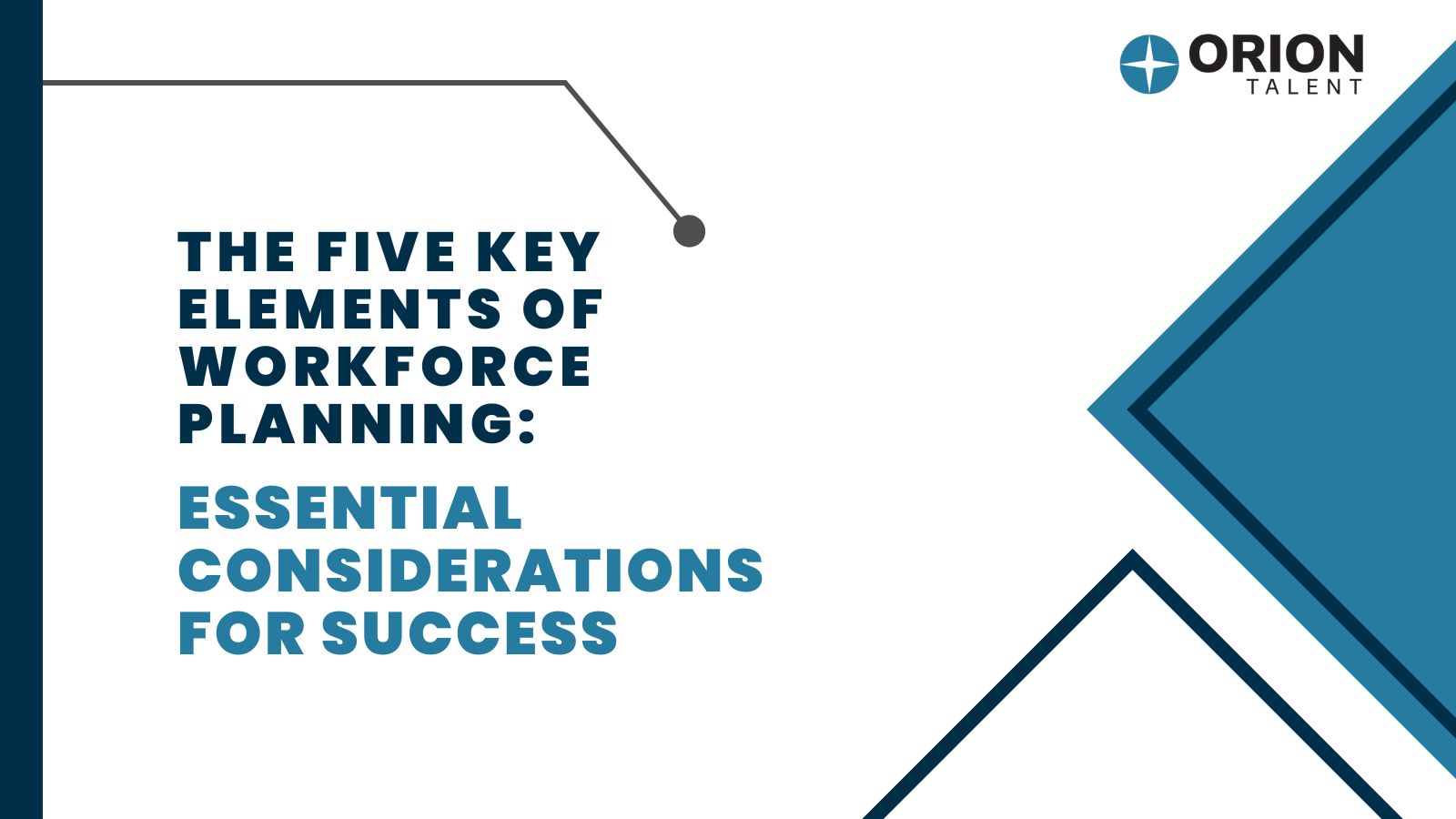
Does your business have an action plan in place to ensure you’ll have the right talent a decade from now? People are at the foundation of every successful organization, and workplace planning is vital to ensuring your workforce demand is met. Also called Labor Planning, workforce planning helps you align changing organizational needs with people strategy. By generating and analyzing market and industry intelligence, you can estimate future demand for people and skills. Then, an action plan is built to develop or build a workforce capable of meeting these demands and supporting long-term business goals.
What are the five key elements of workforce planning?
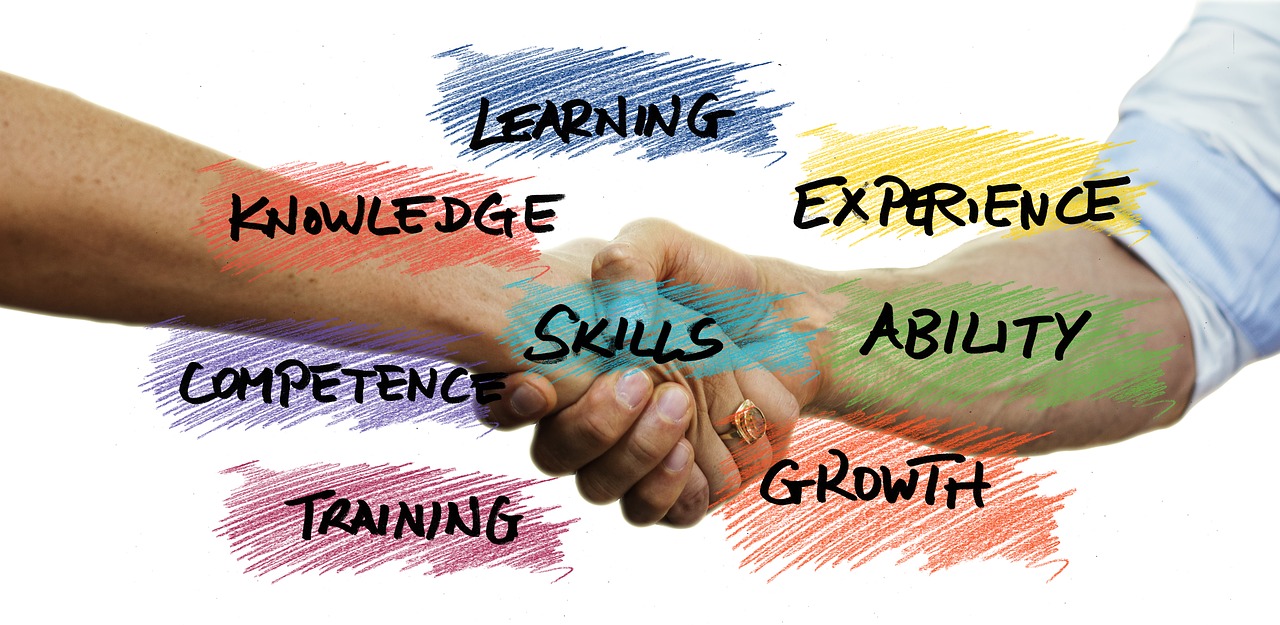 At its most basic level, workforce planning is the process of balancing skills and demand and involves analyzing both your current workforce and future needs in order to prevent over or understaffing. Is there a gap between what you have now and what you’ll need in the future? What’s your plan to minimize it? Here are five key elements of workforce planning you should consider:
At its most basic level, workforce planning is the process of balancing skills and demand and involves analyzing both your current workforce and future needs in order to prevent over or understaffing. Is there a gap between what you have now and what you’ll need in the future? What’s your plan to minimize it? Here are five key elements of workforce planning you should consider:
Overview of the key elements
If you want to achieve optimal business success, it’s vital to have the right employees with the right skills in the right place at the right time and at the right cost. Through careful business planning and analytics, your organization can create a firm path forward to accomplish its mission, goals, and strategic plans. In addition, you'll experience reduced labor costs, improved employee retention, improved productivity and quality outputs, and identify relevant strategies for developing your employees.
Business planning
Workforce planning contributes greatly to organizational performance, helping you align your workforce with your business goals and address both current and future workforce issues.
Not only does it allow managers a way to align the workforce with the business plan, but it also provides a foundation for strategically allocating resources. Your company’s business plan should highlight the goals, objectives, strategies, and performance metrics developed during workforce planning.
Workforce analytics
How substantial must your future workforce be to meet your goals? Workforce analytics help to identify not only the number of workers needed, but also the knowledge, skills, and experience needed. An algorithm-based model applied to employee data, workforce analytics provide ROI evidence that can be used in workforce planning decisions. It’s often used in Talent Management. Analytical software may be used to manage and interpret employee data.
Workforce development
Once future needs are determined, workforce development begins. Workforce development includes educating and training individuals to meet future business needs and close the skills gap. In addition to helping your business scale, profit, and prosper in the future, workforce development supports employee development and career success.
Morale, retention, and productivity all increase when you view your employees as assets and look internally for quality talent. Plan to keep training and educational opportunities at the forefront of your business plan.
Execution and metrics
Consider what metrics you need to track, what data is available, and how this data contributes to overall objectives. Will a data system or software be utilized? Is labor data more useful for your purposes, or does your organization prefer quantitative data from observations, discussions, and employee feedback? It’s important to define evaluation criteria to track workforce allocations before the plan is implemented.
Cross-functional collaboration
A workforce plan integrated with HR processes is most likely to be successful. HR can identify changes in recruitment, workforce development initiatives, and performance and career planning initiatives and align them with your workforce plan. HR leaders will likely be the ones conveying new measures to employees.
Business Planning: Aligning Workforce Planning with Broader Corporate Strategy

A successful business plan must have the support and buy-in of numerous individuals from various departments. First and foremost, it must have the support of key stakeholders and align with your company’s broader corporate strategy. Here are a few details to keep in mind:
Organized support and frameworks for workforce planning
Goals are more easily attainable when there’s support from leadership. Simply put, without leadership support, your initiative is unlikely to succeed. Figure out who your most important stakeholders are from the beginning and get them on board.
Prioritization
Once you’ve made a list of goals, it’s time to break them down into attainable tasks. Which tasks come first in a logical order? Are there any dependencies? Which tasks have the greatest stakeholder support? Prioritize these.
Risk analysis
Are there threats that may impact your goals? Anything that has the potential to cause new problems or aggravate existing problems is a threat– flaws within your strategy, existing issues within your company, or outside threats.
Brainstorm potential threats with your team and prioritize how likely they are to occur and the potential damage they could cause. Next, create a solid plan for mitigating threats. How can you prevent them from occurring and what specifically should you do if they do occur? Today’s planning will save you much time and effort later.
Workforce Analytics: Using Data to Forecast Your Talent Needs
Growing and developing your existing workforce is not only more cost-effective, but it also creates loyal employees. It’s not uncommon for your employees to lack certain skills you need for the future. Before hiring externally, consider if there’s a way you can upskill existing employees with the skills and competencies needed for the future.
Assessing your current workforce
Staying up to date on trends will help you be aware of the skills workers will need to have in order to be successful in the future. Who on your team has the skills you need today? What training programs or educational opportunities can you provide to build the skills needed in the future? Are they willing to upskill? In order to understand skill gaps, these questions will need to be tracked and consistently analyzed.
Strategic workforce analysis
HR can help identify talent needs required to attain the organization’s future goals. Work together to strategically ensure your business has the right talent mix, technology, and employment model required to achieve your goals.
Determining both short- and long-term talent needs
Workforce analytics help you analyze your current workforce. Do you have what you need to reach your short-term goals? What about your future workplace needs? How can you bridge the gap between the present and the future? Careful analysis will help your organization accomplish its mission, goals, and plan.
Workforce Development: Building Talent Pipelines
Strategic workforce planning helps you create a talent plan identifying current and future needs, skills gaps, and ways you can integrate your broader business goals, human capital planning, and operational requirements. Ensuring you have the right people in the right jobs is complex and takes time. It can be accomplished both externally and internally:
Developing external talent pipelines
What changes in the world impact the skills you’ll need in 10 years? Technology’s rapid pace of change ensures that some of the jobs of tomorrow don’t even exist today. Hiring from external pipelines increases diversity, can enhance company culture and provides access to in-demand skills now.
Developing partnerships with local educational institutions and organizations is an excellent way to develop external talent pipelines. Leveraging employee networks, improving your career sight, developing an employee brand, and proactively sourcing talent are all great ways to acquire needed skills.
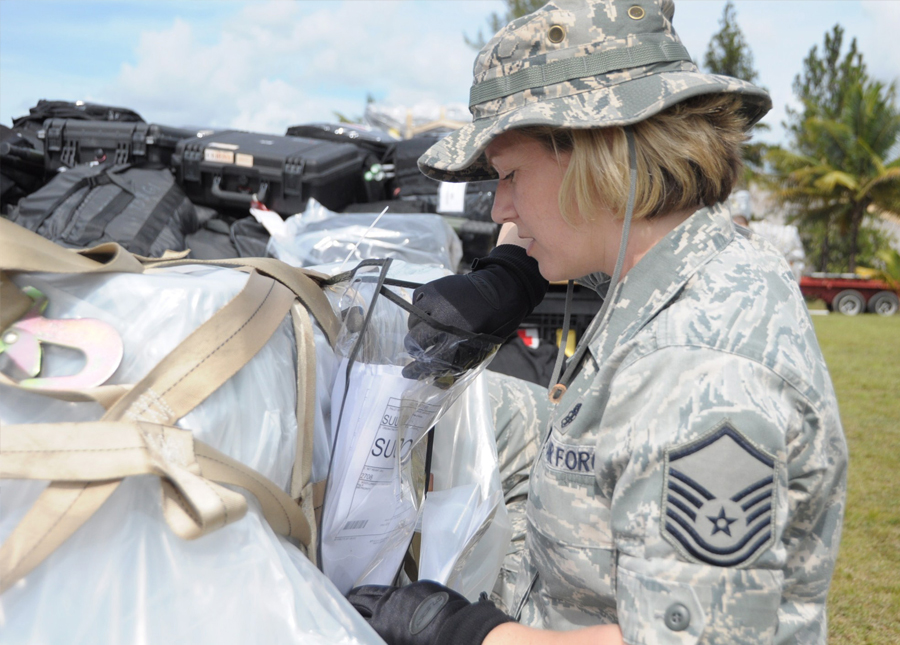 One talent pool to consider as an alternative talent pipeline is veterans. Each year, approximately 200,000 members of the U.S. Armed Forces will transition out of the military. Connecting with this talent as they transition out of the military creates a seamless pipeline of employees who want a long-term career, greatly reducing turnover. Additionally, the military represents a 43% racially diverse population.
One talent pool to consider as an alternative talent pipeline is veterans. Each year, approximately 200,000 members of the U.S. Armed Forces will transition out of the military. Connecting with this talent as they transition out of the military creates a seamless pipeline of employees who want a long-term career, greatly reducing turnover. Additionally, the military represents a 43% racially diverse population.
Internal employee development initiatives
Consider how employees can be upskilled or reskilled to acquire new and necessary skills. Develop outstanding employee development initiatives and consult HR to determine which roles could be filled from within your organization.
Execution & Ongoing Metrics: Measuring Your Results Over Time
It’s vital to monitor and measure your plan’s progress against predetermined milestones and long-term goals. You may need to adjust your plan due to unexpected factors, threats, and changes.
Measuring the effectiveness of your talent pipelines
Remember that assessing your current workforce is an ongoing process. Are your internal development programs keeping pace with changing skills needs? Are you able to internally source enough talent, or do you need to focus on more external recruiting programs as well?
Assessing the success of internal employee development initiatives
Once you have internal employee development initiatives in place, regularly monitor their success. Are employees utilizing these programs? What’s the completion rate? Are the new skills they learn transferring to their jobs, or perhaps new positions within your company? Would another program be more useful and/or cost-effective? Never stop researching what’s on the market.
Continuous refinement and improvement
Success is a journey. Plan to continuously refine and improve your process along the way. In order to be ahead of technological and cultural changes, you need to be focused and willing to try new things. If they’re not as successful as you hoped, don’t be afraid to end programs and try something new.
The Right People at the Right Time

Workforce planning is frequently referenced, but you may not have understood exactly what it meant until now. In summary, workforce planning is the process of aligning an organization's needs with its workforce needs, ensuring they have the right people with the right skills when that talent is needed. It’s a strategic process that needs corporate buy-in.
Along the way, you’ll need to determine strategic direction and goals, analyze your existing workforce, develop and implement an action plan, and then carefully report, monitor, and measure results. Workforce planning will help your organization prepare for the future, improve retention, and develop a flexible workforce that can meet demand.
Visit our Employer Resources page for more actionable insight. And, to get started building your military pipeline as part of workforce planning, be sure to check out HireSkills - our solution for building the strategic pipelines of military talent you need for tomorrow.
Archives
- December 2025
- November 2025
- October 2025
- September 2025
- August 2025
- July 2025
- June 2025
- May 2025
- April 2025
- March 2025
- February 2025
- October 2024
- May 2024
- March 2024
- February 2024
- January 2024
- December 2023
- November 2023
- October 2023
- September 2023
- August 2023
- July 2023
- June 2023
- May 2023
- April 2023
- March 2023
- February 2023
- January 2023
- December 2022
- November 2022
- October 2022
- September 2022
- August 2022
- July 2022
- June 2022
- May 2022
- April 2022
- March 2022
- February 2022
- January 2022
- December 2021
- November 2021
- October 2021
- September 2021
- August 2021
- July 2021
- June 2021
- May 2021
- April 2021
- March 2021
- February 2021
- January 2021
- December 2020
- November 2020
- October 2020
- September 2020
- August 2020
- July 2020
- June 2020
- May 2020
- April 2020
- March 2020
- February 2020
- January 2020
- December 2019
- November 2019
- October 2019
- September 2019
- August 2019
- July 2019
- June 2019
- May 2019
- April 2019
- March 2019
- February 2019
- January 2019
- December 2018
- November 2018
- October 2018
- September 2018
- August 2018
- July 2018
- June 2018
- May 2018
- April 2018
- March 2018
- February 2018
- January 2018
- December 2017
- November 2017
- October 2017
- September 2017
- August 2017
- July 2017
- June 2017
- May 2017
- March 2017
- February 2017
- January 2017
 RSS Feed
RSS Feed

